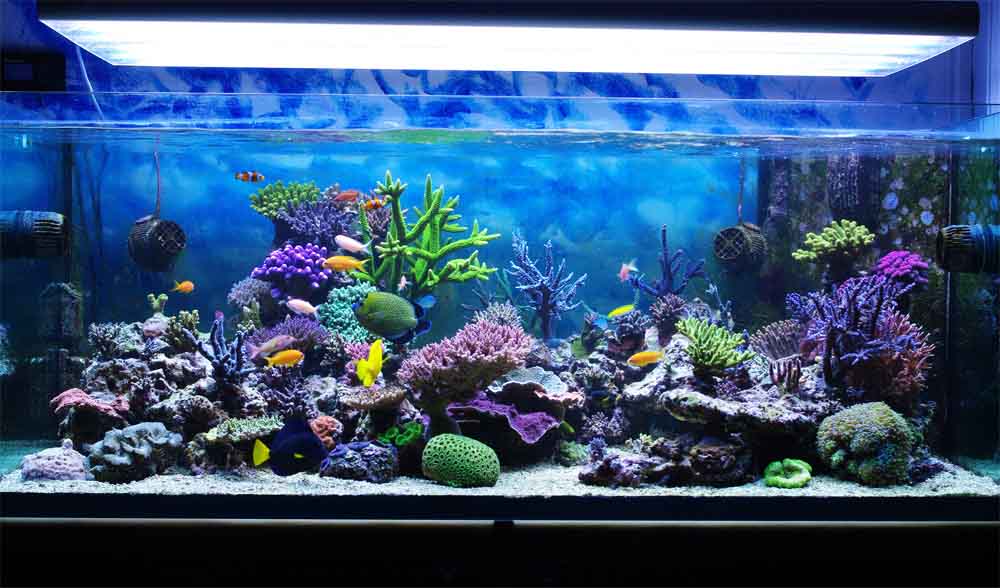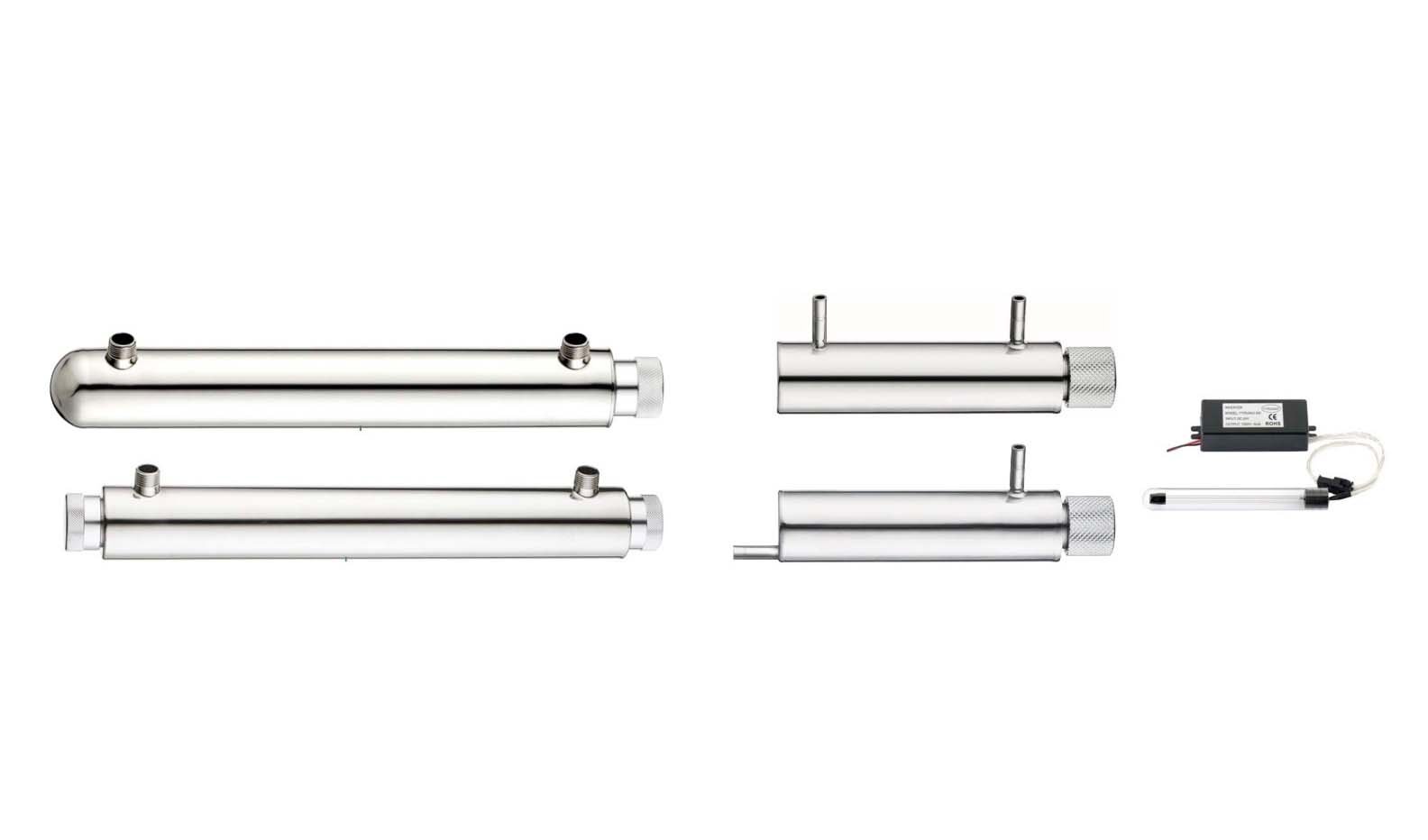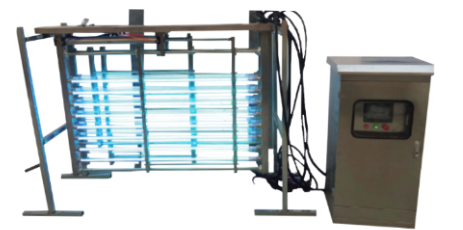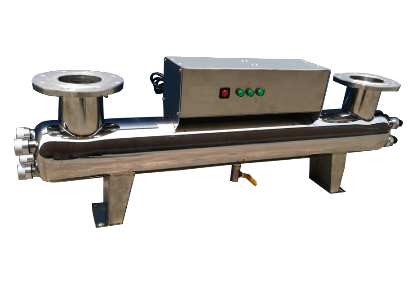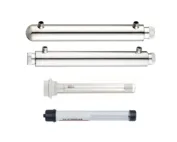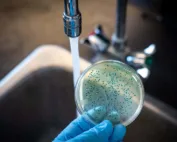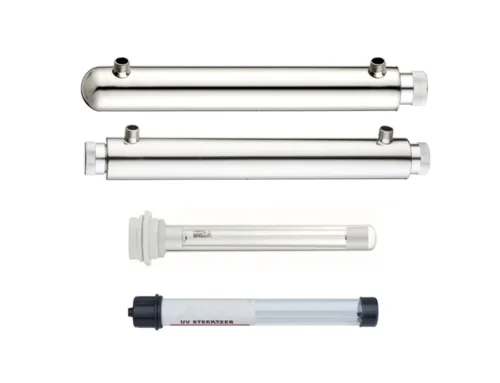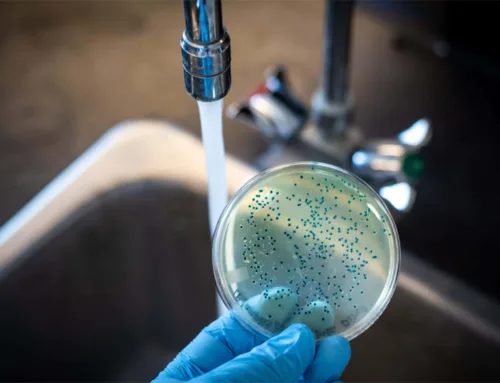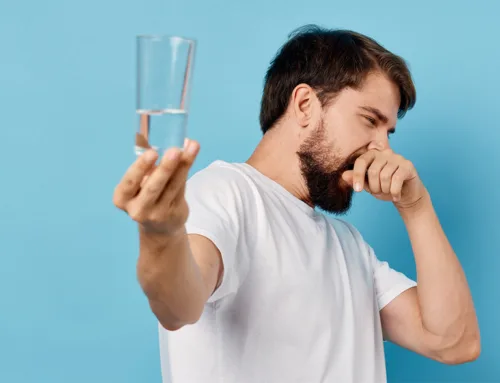Water quality is undoubtedly important for the fish that live in it. Two types of common problems for aquariums are fish diseases and algae growth in the water. Chlorination, which is commonly used to disinfect tap water, is fine for daily use. But even a low level of chlorine in water can affect the life of the fish. Ultraviolet (UV) water treatment is a better choice because it is non-chemical. And to achieve an UV treatment for an aquarium is not difficult. An aquarium UV sterilizer can help to do the work.
UV sterilization is known for its wide range of applications which commonly include air sterilization, water sterilization and wastewater treatment, surface sterilization, equipment sterilization, food and beverage sterilization, etc. UV sterilization has now been widely applied in domestic wastewater treatment, swimming pool sterilization, food and beverage production industries, etc. From a safety point of view, UV water treatment is quite safe for aquarium water sterilization because it is completely physical, with no chemicals added to the water.
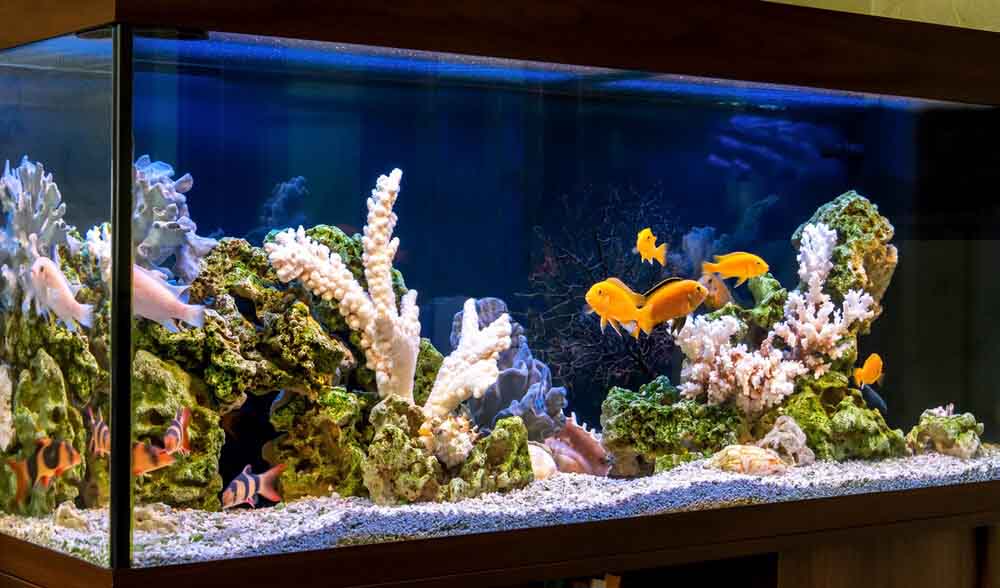
Characteristics of UV Sterilization
UV radiation is typically divided into three types: UV-A (320-400 um), UV-B (280-320 um) and UV-C (200-280 um). For the sterilization purpose, UV-A is the weakest among the three. It will only cause the destruction of corals by harming the zooxanthellae within. UV-B is slightly more destructive to biological tissue than UV-A, but it does not pose a fatal threat. UV-C is the most common used wavelength in UV sterilizers. The wavelength that is most commonly used is 254nm, which is the deadliest for small organisms in water. UV-C is also the wavelength adopted in the UV sterilizers designed for aquarium water sterilization.
When an aquarium UV sterilizer is applied, it will achieve the water treatment purpose in two ways. Firstly, the ultraviolet radiation from the UV sterilizer can destroy the genetic material in the microbes. With the destruction of the genetic material, harmful microbes present in the water can no longer reproduce. In addition, the aquarium UV sterilizer can encourage the production of oxidants that are toxic to harmful microbes. Such oxidants can cause the degradation of the chromosomes and cell membranes of the microbes.
Two Types of UV Sterilizers
According to their functions, UV sterilizers for water treatment can be divided into the ones for clarification and the other ones for sterilization. For the clarification purpose, the device should be able to kill the microbes and microscopic algae that cause the change of the color of the water, which is also known as green water control. Whereas for the sterilization purpose, the device should be capable of giving a level 1 sterilization to the water. In other words, even in the face of uncertainties such as water turbidity and UV radiation range, the device should be able to ensure that the majority of harmful microbes can be killed.
What Affects the Aquarium UV Sterilizer
When UV light is applied for water treatment, there are some factors that will affect the result. The following are some of the factors:
1. The Size of Microbes
The size of the microbes to be treated will affect the treatment from the aquarium UV sterilizer. UV radiation has the best killing effect on staphylococcus, tuberculosis bacillus, hepatitis B virus, poliovirus and other bacteria, viruses and microorganisms, as well as small-sized algae. For large-sized protozoa such as cryptocaryon and some diatoms, the dose of UV radiation needs to be increased and the treatment time extended to realize the best treatment.
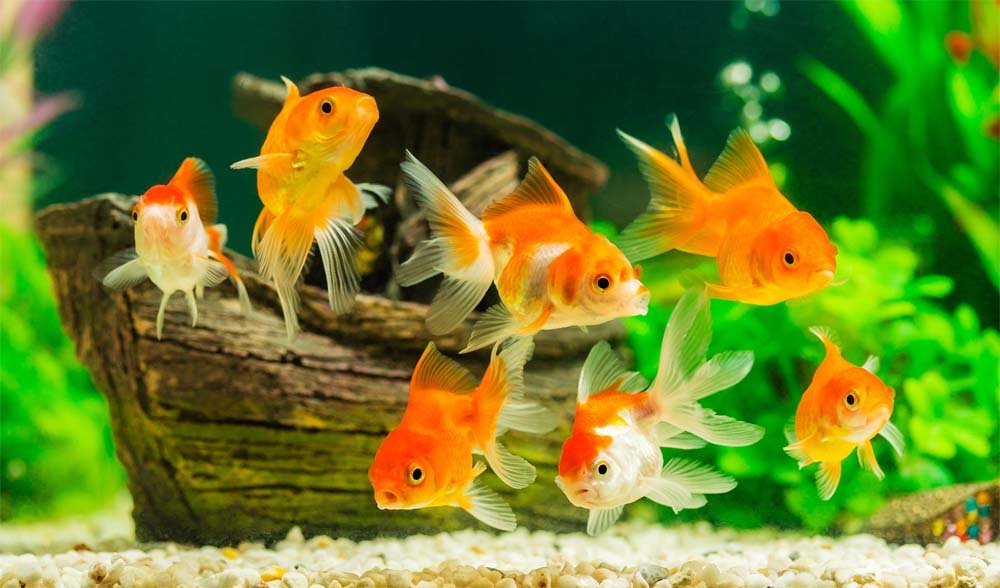
2. Temperature of the Water
According to tests, UV light works best at 104-110 °F. Its sterilization effect decreases when the temperature goes down. So, generally, UV lamps or tubes used for water treatment are protected on the outside by quartz sleeves. These quartz sleeves can both separate the lamps or tubes from the water and maintain a stable UV radiation level.
3. Turbidity of the Water
Since the UV sterilization of water is realized based on radiation, a high concentration of suspended particulate matter in the water will block the radiation and thus affect the treatment. To ensure an efficient processing, before the use of an aquarium UV sterilizer, biological filtration and physical filtration should go first. In addition, UV radiation needs to pass through the quartz sleeves around. Therefore, attention should be paid to the cleanliness of these quartz sleeves.
4. Retention Time
The retention time of UV to water also affects the water quality after the treatment. The flow rate of the water and the length of the UV lamp obviously affect how long the water is exposed to UV radiation. In addition, in the process of water treatment, as the treated water will re-enter the tank and mix with the untreated water, so there will be a parameter involved: the turnover time. Turnover time here refers to the time required for all the water that needs to be processed by the aquarium UV sterilizer. Typically, when using an aquarium UV sterilizer for water treatment, the time required for a turnover can be calculated by the formula below:
Turnover time = the amount of water (gallons) x 9 / flow rate (gallons/hour)
We have talked about the influencing factors in our previously posted blog. To learn more about it, please go to: Influencing Factors in UV Water Treatment
Arrangement of the Aquarium UV sterilizer
When using an aquarium UV sterilizer, the wrong placement of the device can affect the treatment. Some people like to hide the device in cupboards. While the device is working, it pumps the untreated water from the tank and then returns the treated water to the tank. This results in the repeated pumping of the same water over and over again, which definitely affects its working efficiency.
The correct treatment process is to connect the device to the filtration system before the aquarium UV sterilizer drains the treated water back into the tank. This will avoid the repeated circulation of water, which is conducive to the cleaning of the tank, the regulation the water flow and the replacement of the UV lamps.
What to Consider when Using UV
As a non-chemical, highly efficient, and broad spectrum sterilization method, UV has been widely using in various industries for many years. As an increasingly popular option, UV water treatment is gradually replacing water chlorination in recent years. But that doesn’t mean that UV can solve all the problems. When it is used, some details need to be paid attention to in its application. Moreover, UV is powerless against a few specific microbes.
For example, when using UV for water treatment, note that some parasites may lay their eggs in places where UV radiation can hardly reach such as the sides or bottom of the tanks. So, the UV dose and size of the tank need to be consider when UV sterilization is applied. Secondly, UV radiation is useless for string algae that swim freely in water, nuisance benthic algae, etc. If the water is believed to contain such algae, it needs to be treated by other means. In addition, UV radiation can also change the properties of certain chemical components. Attentions should be paid that the aquarium UV sterilizer should not be used when chelated copper treatment of water is turned on. Otherwise, it will lead to the production of excessive ionic copper which is fatal to fish in water.
To get more information about the Pros and Cons of UV water treatment, please visit our blog: Advantages and Disadvantages of UV Water Treatment
Must Check Out: Aquarium UV Sterilizer
Other Reminders
For the installation of the sterilizer, generally, vertical devices should remain to be vertical when installed, while some horizontal devices can be installed both horizontally and vertically. Please refer to the manual of the device for the installation.
When selecting a specific device model, factors such as the power of UV lamps or tubes and the types of microbes to be treated should also be considered. If you have any questions about the technical parameters of our devices, please feel free to contact our customer service for answers.
Advantages of Buying Directly from a Manufacturer
In previous times, manufacturers encountered obstacles when it came to directly reaching consumers due to financial limitations. This led to the introduction of distributors, acting as intermediaries between manufacturers and consumers. These middlemen, commonly known
Select Your Right Sized UV Water Purifier
The significance of a UV water purifier for maintaining the cleanliness and health of your water environment, whether it's an aquarium, pond, or a commercial space, cannot be overstated. However, when it comes to choosing
Keep Your Water Safe and Clean with a UV Water Purifier
Water pollution remains a significant issue in the world today, affecting numerous people worldwide. This compromised water quality poses severe health hazards. UV water purifiers have emerged as an effective, chemical-free solution to combat these

